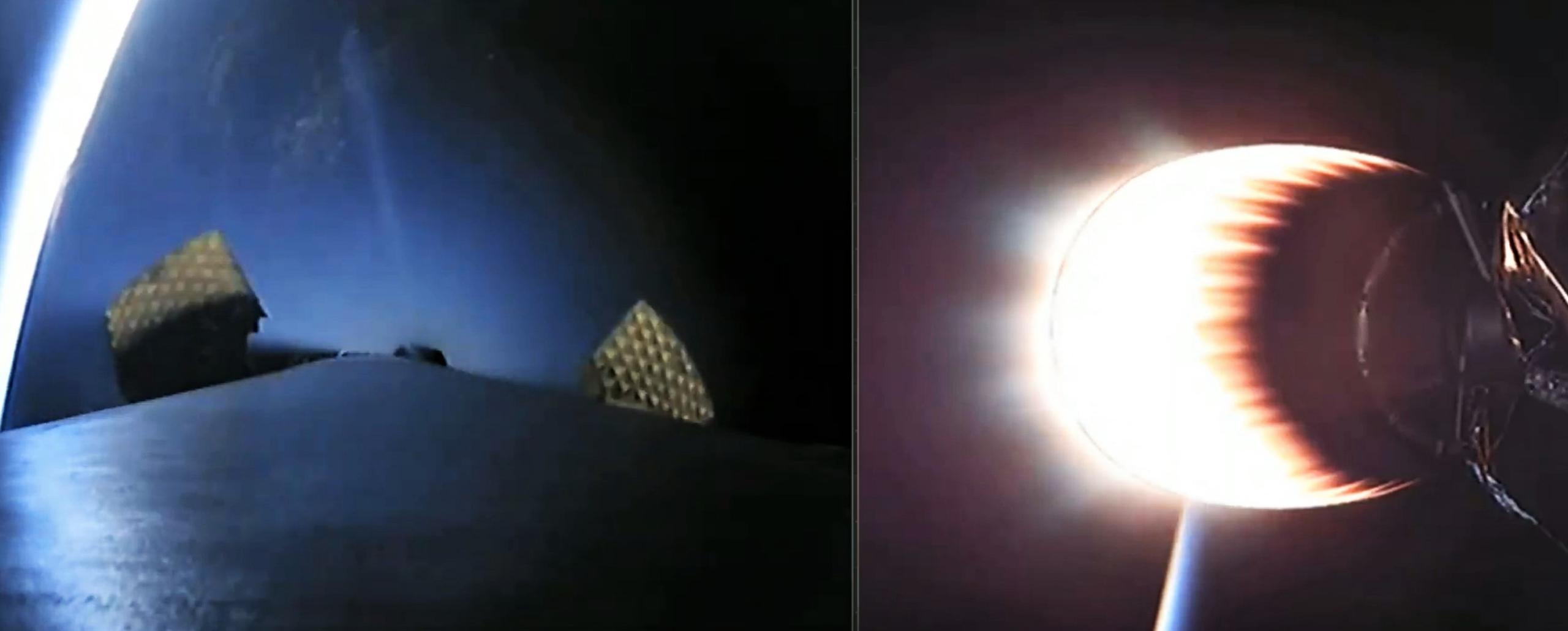

News
SpaceX GPS satellite launch, landing opens door for first US military Falcon 9 reuse
SpaceX has successfully launched its third GPS III navigation satellite and simultaneously confirmed that the now once-flown Falcon 9 booster responsible will soon support the US military’s first operational launch on a flight-proven commercial rocket.
Known as GPS III Space Vehicle 04 (SV04), the ~3700 kg (~8150 lb) navigation satellite will join three other upgraded spacecraft launched since December 2018 – two of which flew on SpaceX Falcon 9 rockets. Of the six GPS III launch contracts the US military has thus far awarded, SpaceX has secured all but one, netting a total of $474 million for an average per-launch cost just shy of $95 million – likely saving more than $50 million per launch relative to comparable ULA contracts.
In June 2020, US Air Force Space and Missile Systems Center (USAF SMC) took the next step towards even more affordable launches by allowing SpaceX to recover its Falcon 9 booster after future military missions. A mere three months after that milestone and Falcon 9 booster B1060’s successful post-GPS III SV03 landing, SMC took the most important step yet, announcing that it had reached an agreement with SpaceX to reuse Falcon 9 boosters on two upcoming GPS III launches.
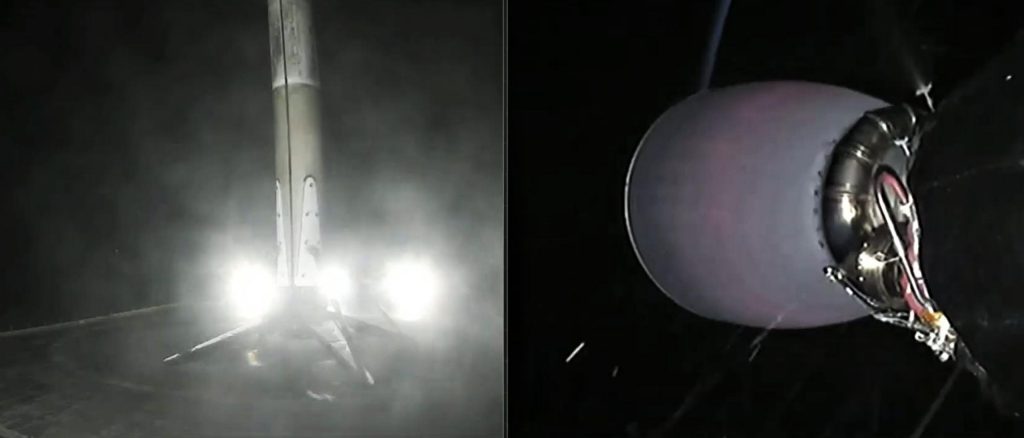
SMC announced the contract modification in late September, revealing that the Falcon 9 booster (B1062) assigned to launch GPS III SV04 no earlier than September 30th, 2020 would be reused on future GPS III SV05 and SV06 missions, ultimately cutting almost $53 million of the cost to launch GPS III satellites SV03 through SV06.
Unfortunately for B1062, the SpaceX rocket’s GPS III SV04 launch debut was initially delayed by competitor ULA’s own unrelated launch delays, followed by a last-second abort on October 2nd after the rocket detected anomalous behavior in two of its nine Merlin 1D engines. SpaceX ultimately traced the issue back to faulty quality assurance and a blocked vent line, replaced both engines (and several more on different boosters), and completed a second static fire on October 31st.
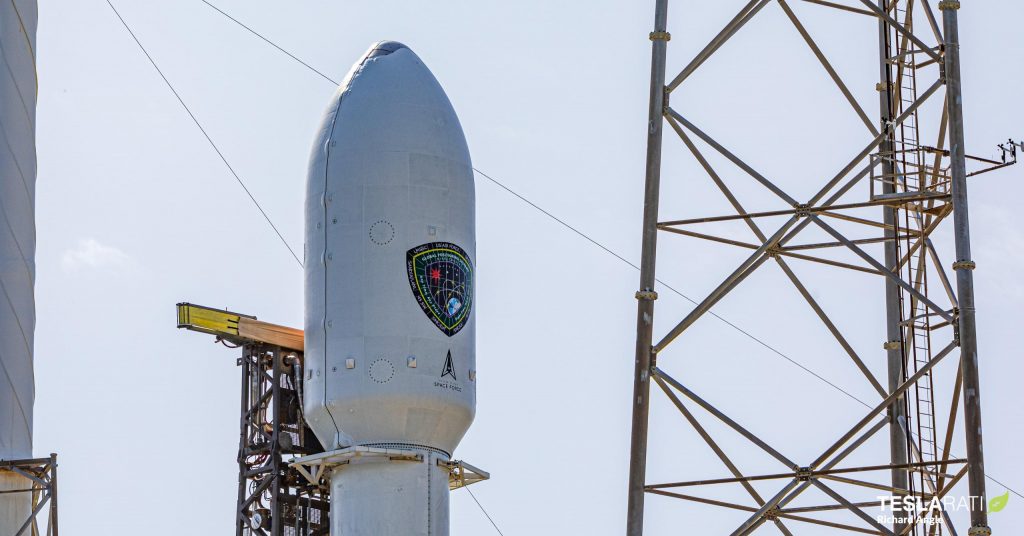
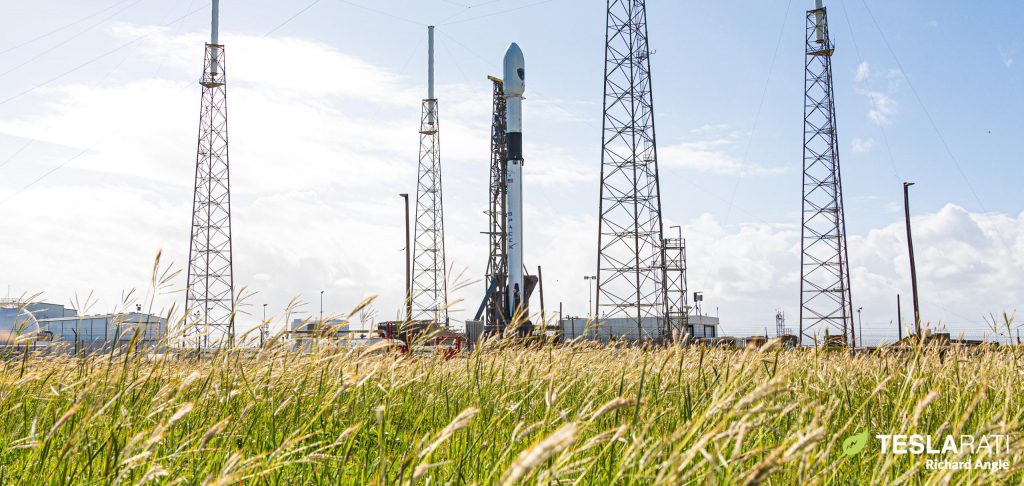
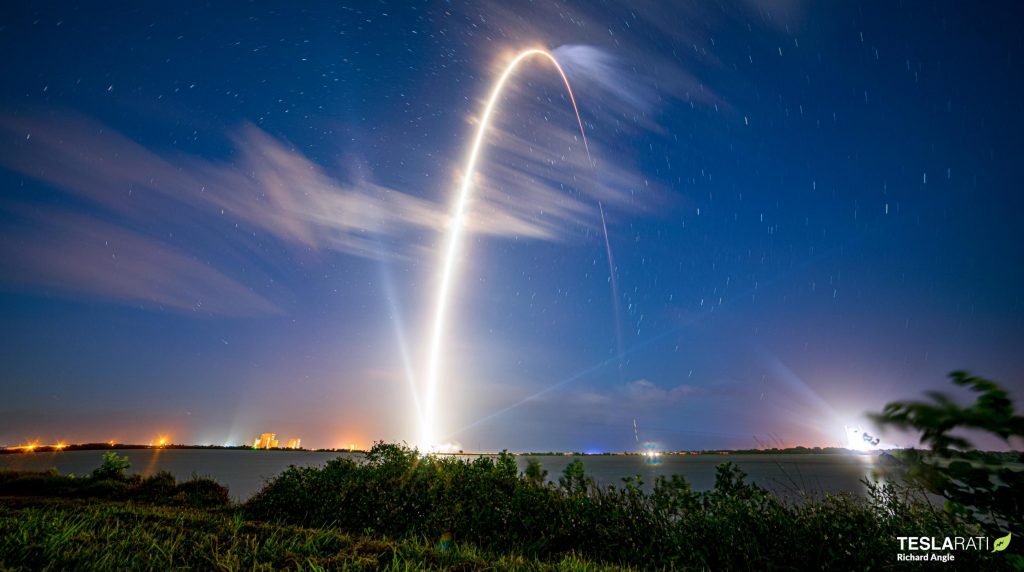
On November 5th, things finally came together for the company and Falcon 9 B1062, a new upper stage and payload fairing, an GPS III SV04 lifted off from SpaceX’s Cape Canaveral Air Force Station (CCAFS) LC-40 launch pad. The previously unflown booster performed perfectly, ultimately completing a soft landing on drone ship Of Course I Still Love You (OCISLY) after sending the satellite and upper stage on their way to orbit. A brisk eight or so minutes after liftoff, Falcon 9’s second stage shut off, coasted in orbit for 55 minutes, reignited for 45 seconds, and coasted another 25 minutes before finally releasing GPS III SV04 to complete the mission.
Mission complete and Falcon 9 B1062 intact and soon to be secured aboard drone ship OCISLY, SpaceX has now fully opened the door to reuse the same booster to launch GPS III SV05 and SV06. Over the course of its announcement, SMC did not that SpaceX’s GPS III SV05 mission had been delayed from January to July 2021 to allow extra time for the extremely conservative customer to “validate” SpaceX’s reuse process. If successful, SpaceX will then likely fly the same booster – B1062 – a third time to launch GPS III SV06 no earlier than (NET) Q3 2021.

News
Tesla FSD’s newest model is coming, and it sounds like ‘the last big piece of the puzzle’
“There’s a model that’s an order of magnitude larger that will be deployed in January or February 2026.”

Tesla Full Self-Driving’s newest model is coming very soon, and from what it sounds like, it could be “the last big piece of the puzzle,” as CEO Elon Musk said in late November.
During the xAI Hackathon on Tuesday, Musk was available for a Q&A session, where he revealed some details about Robotaxi and Tesla’s plans for removing Robotaxi Safety Monitors, and some information on a future FSD model.
While he said Full Self-Driving’s unsupervised capability is “pretty much solved,” and confirmed it will remove Safety Monitors in the next three weeks, questions about the company’s ability to give this FSD version to current owners came to mind.
Musk said a new FSD model is coming in about a month or two that will be an order-of-magnitude larger and will include more reasoning and reinforcement learning.
He said:
“There’s a model that’s an order of magnitude larger that will be deployed in January or February 2026. We’re gonna add a lot of reasoning and RL (reinforcement learning). To get to serious scale, Tesla will probably need to build a giant chip fab. To have a few hundred gigawatts of AI chips per year, I don’t see that capability coming online fast enough, so we will probably have to build a fab.”
NEWS: Elon Musk says FSD Unsupervised is “pretty much solved at this point” and that @Tesla will be launching Robotaxis with no safety monitors in about 3 weeks in Austin, Texas. He also teased a new FSD model is coming in about 1-2 months.
“We’re just going through validation… https://t.co/Msne72cgMB pic.twitter.com/i3wfKX3Z0r
— Sawyer Merritt (@SawyerMerritt) December 10, 2025
It rings back to late November when Musk said that v14.3 “is where the last big piece of the puzzle finally lands.”
With the advancements made through Full Self-Driving v14 and v14.2, there seems to be a greater confidence in solving self-driving completely. Musk has also personally said that driver monitoring has been more relaxed, and looking at your phone won’t prompt as many alerts in the latest v14.2.1.
This is another indication that Tesla is getting closer to allowing people to take their eyes off the road completely.
Along with the Robotaxi program’s success, there is evidence that Tesla could be close to solving FSD. However, it is not perfect. We’ve had our own complaints with FSD, and although we feel it is the best ADAS on the market, it is not, in its current form, able to perform everything needed on roads.
But it is close.
That’s why there is some legitimate belief that Tesla could be releasing a version capable of no supervision in the coming months.
All we can say is, we’ll see.
Investor's Corner
SpaceX IPO is coming, CEO Elon Musk confirms
However, it appears Musk is ready for SpaceX to go public, as Ars Technica Senior Space Editor Eric Berger wrote an op-ed that indicated he thought SpaceX would go public soon. Musk replied, basically confirming it.

Elon Musk confirmed through a post on X that a SpaceX initial public offering (IPO) is on the way after hinting at it several times earlier this year.
It also comes one day after Bloomberg reported that SpaceX was aiming for a valuation of $1.5 trillion, adding that it wanted to raise $30 billion.
Musk has been transparent for most of the year that he wanted to try to figure out a way to get Tesla shareholders to invest in SpaceX, giving them access to the stock.
He has also recognized the issues of having a public stock, like litigation exposure, quarterly reporting pressures, and other inconveniences.
However, it appears Musk is ready for SpaceX to go public, as Ars Technica Senior Space Editor Eric Berger wrote an op-ed that indicated he thought SpaceX would go public soon.
Musk replied, basically confirming it:
As usual, Eric is accurate
— Elon Musk (@elonmusk) December 10, 2025
Berger believes the IPO would help support the need for $30 billion or more in capital needed to fund AI integration projects, such as space-based data centers and lunar satellite factories. Musk confirmed recently that SpaceX “will be doing” data centers in orbit.
AI appears to be a “key part” of SpaceX getting to Musk, Berger also wrote. When writing about whether or not Optimus is a viable project and product for the company, he says that none of that matters. Musk thinks it is, and that’s all that matters.
It seems like Musk has certainly mulled something this big for a very long time, and the idea of taking SpaceX public is not just likely; it is necessary for the company to get to Mars.
The details of when SpaceX will finally hit that public status are not known. Many of the reports that came out over the past few days indicate it would happen in 2026, so sooner rather than later.
But there are a lot of things on Musk’s plate early next year, especially with Cybercab production, the potential launch of Unsupervised Full Self-Driving, and the Roadster unveiling, all planned for Q1.
News
Tesla adds 15th automaker to Supercharger access in 2025
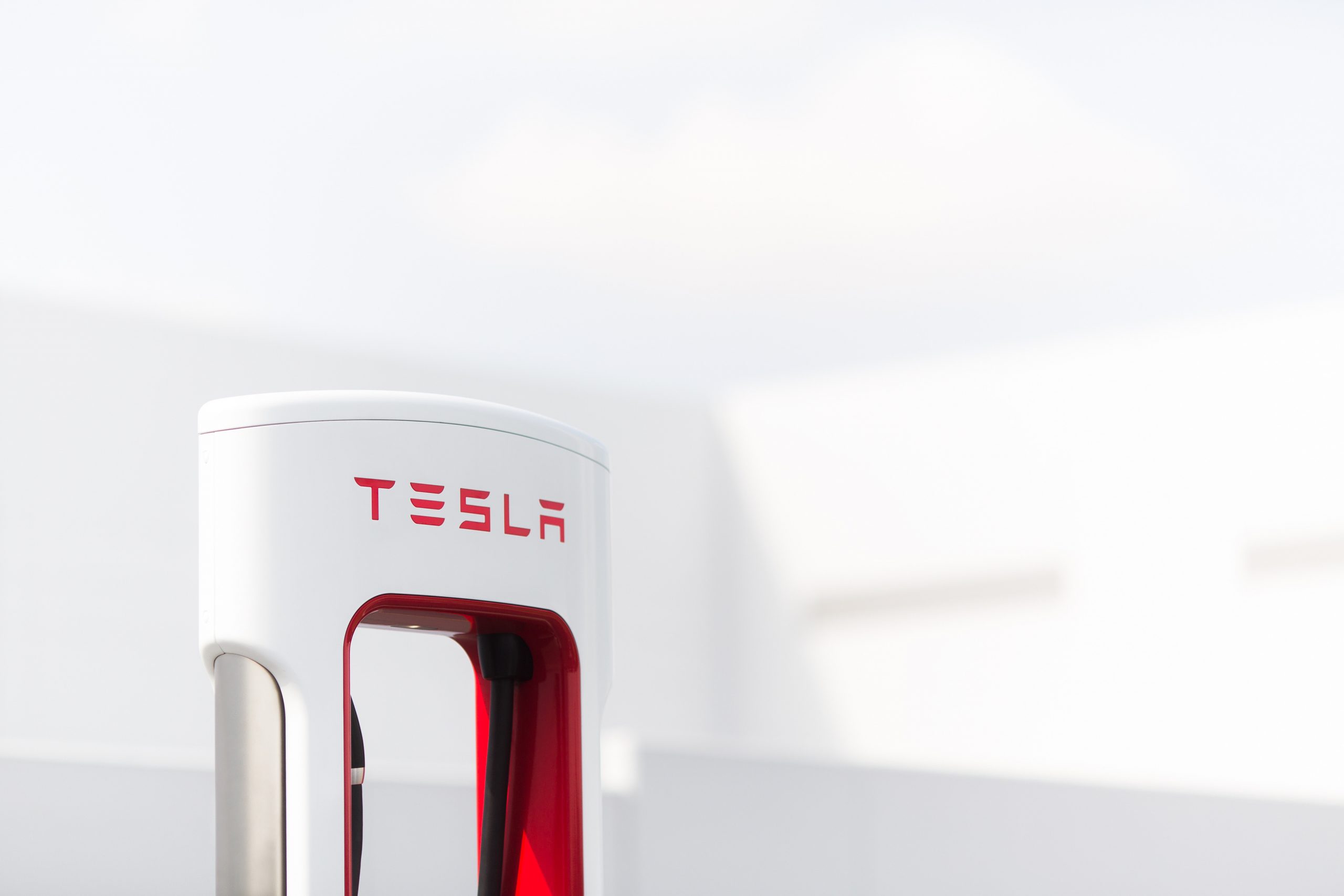
Tesla has added the 15th automaker to the growing list of companies whose EVs can utilize the Supercharger Network this year, as BMW is the latest company to gain access to the largest charging infrastructure in the world.
BMW became the 15th company in 2025 to gain Tesla Supercharger access, after the company confirmed to its EV owners that they could use any of the more than 25,000 Supercharging stalls in North America.
Welcome @BMW owners.
Download the Tesla app to charge → https://t.co/vnu0NHA7Ab
— Tesla Charging (@TeslaCharging) December 10, 2025
Newer BMW all-electric cars, like the i4, i5, i7, and iX, are able to utilize Tesla’s V3 and V4 Superchargers. These are the exact model years, via the BMW Blog:
- i4: 2022-2026 model years
- i5: 2024-2025 model years
- 2026 i5 (eDrive40 and xDrive40) after software update in Spring 2026
- i7: 2023-2026 model years
- iX: 2022-2025 model years
- 2026 iX (all versions) after software update in Spring 2026
With the expansion of the companies that gained access in 2025 to the Tesla Supercharger Network, a vast majority of non-Tesla EVs are able to use the charging stalls to gain range in their cars.
So far in 2025, Tesla has enabled Supercharger access to:
- Audi
- BMW
- Genesis
- Honda
- Hyundai
- Jaguar Land Rover
- Kia
- Lucid
- Mercedes-Benz
- Nissan
- Polestar
- Subaru
- Toyota
- Volkswagen
- Volvo
Drivers with BMW EVs who wish to charge at Tesla Superchargers must use an NACS-to-CCS1 adapter. In Q2 2026, BMW plans to release its official adapter, but there are third-party options available in the meantime.
They will also have to use the Tesla App to enable Supercharging access to determine rates and availability. It is a relatively seamless process.








